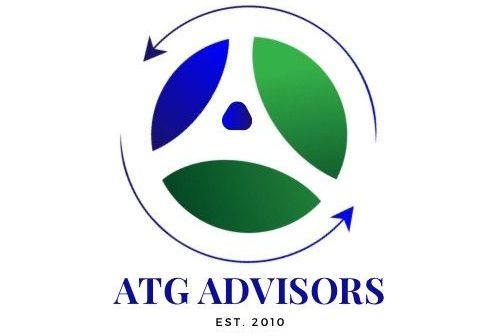Current U.S. Tariff Regulations
As of June 2025, U.S. tariff regulations have undergone significant changes, impacting taxation, consumer pricing, and business strategies. Here's an overview of the current landscape and actionable strategies to navigate these developments.
Current U.S. Tariff Regulations
The Trump administration has implemented a series of tariffs aimed at addressing trade imbalances and promoting domestic industries. Key measures include:
- Universal 10% Tariff: Effective April 5, 2025, a 10% tariff applies to all imported goods from all countries.
- Elevated Tariffs on Specific Countries: Starting April 9, 2025, tariffs ranging from 11% to 50% target 57 countries with significant trade deficits with the U.S.
- Steel and Aluminum Tariffs: Tariffs on steel and aluminum imports have been increased to 50%, aiming to bolster domestic production.
- Automotive Tariffs: A 25% tariff on imported automobiles and parts, excluding those compliant with the USMCA, took effect in April and May 2025.
- Tariffs on Chinese Goods: Tariffs on Chinese imports have been adjusted multiple times, currently standing at 30% after a temporary reduction from higher rates.
- Revocation of De Minimis Exemption: The exemption allowing low-value imports to enter duty-free has been revoked for Chinese and Hong Kong goods, affecting e-commerce retailers.
Tax Implications
The new tariffs function as indirect taxes, increasing the cost of imported goods and affecting consumers and businesses alike. Notable impacts include:
- Increased Tax Burden: The average effective tariff rate has risen to 6.9%, the highest since 1969.
- Household Costs: Tariffs are projected to cost the average U.S. household approximately $2,800 annually in increased prices.
- Regressive Effects: Lower-income households bear a disproportionate burden, with the second income decile experiencing a 2.9% income loss compared to 1.2% for the top decile.
- Economic Growth: Long-term projections indicate a potential 6% reduction in GDP and a 5% decrease in wages due to the cumulative effect of tariffs.
Impact on Consumer Pricing
Tariffs have led to noticeable price increases across various consumer goods:
- Retail Goods: Prices for items like toys and electronics have surged, with some products experiencing price hikes of up to 175% within weeks.
- Apparel and Footwear: Clothing and shoe prices have increased by 14% and 15%, respectively, with long-term projections indicating sustained higher prices.
- Automobiles: The 25% tariff on imported vehicles has led to price increases, with the average new car costing approximately $3,000 more.
- Food Products: Grocery prices have risen, with fresh produce experiencing a 3% increase, impacting household budgets.
Strategies to Mitigate Tariff Impacts
Businesses can adopt several strategies to navigate the current tariff environment:
1. Supply Chain Diversification
- Action: Relocate manufacturing and sourcing to countries not subject to elevated tariffs.
- Example: Retailers like Best Buy and Gap have reduced reliance on Chinese suppliers, shifting production to other regions
2. Utilize Trade Programs and Classification
- Action: Leverage programs like Foreign Trade Zones (FTZs) and bonded warehouses to defer or reduce tariff payments.
- Consideration: Review product classifications to ensure accurate tariff assessments and explore duty drawback opportunities for re-exported goods
3. Contract Negotiations and Pricing Strategies
- Action: Negotiate contracts to share tariff costs with suppliers and customers.
- Pricing: Implement strategic pricing adjustments to manage increased costs without significantly impacting demand.
Conclusion
The evolving U.S. tariff landscape presents challenges for consumers and businesses, with increased costs and economic implications. By understanding current regulations and implementing strategic responses, stakeholders can mitigate adverse effects and adapt to the changing trade environment.



